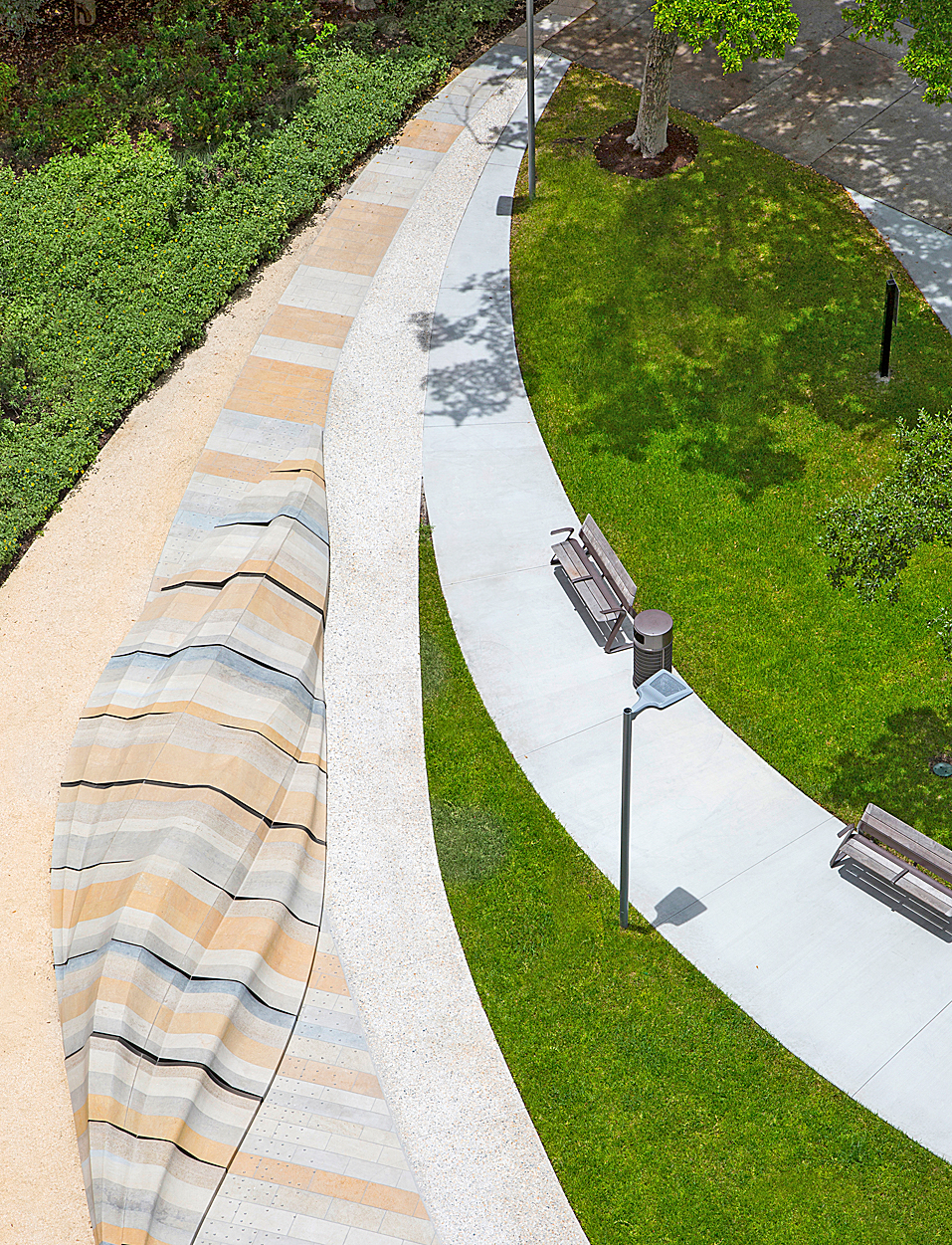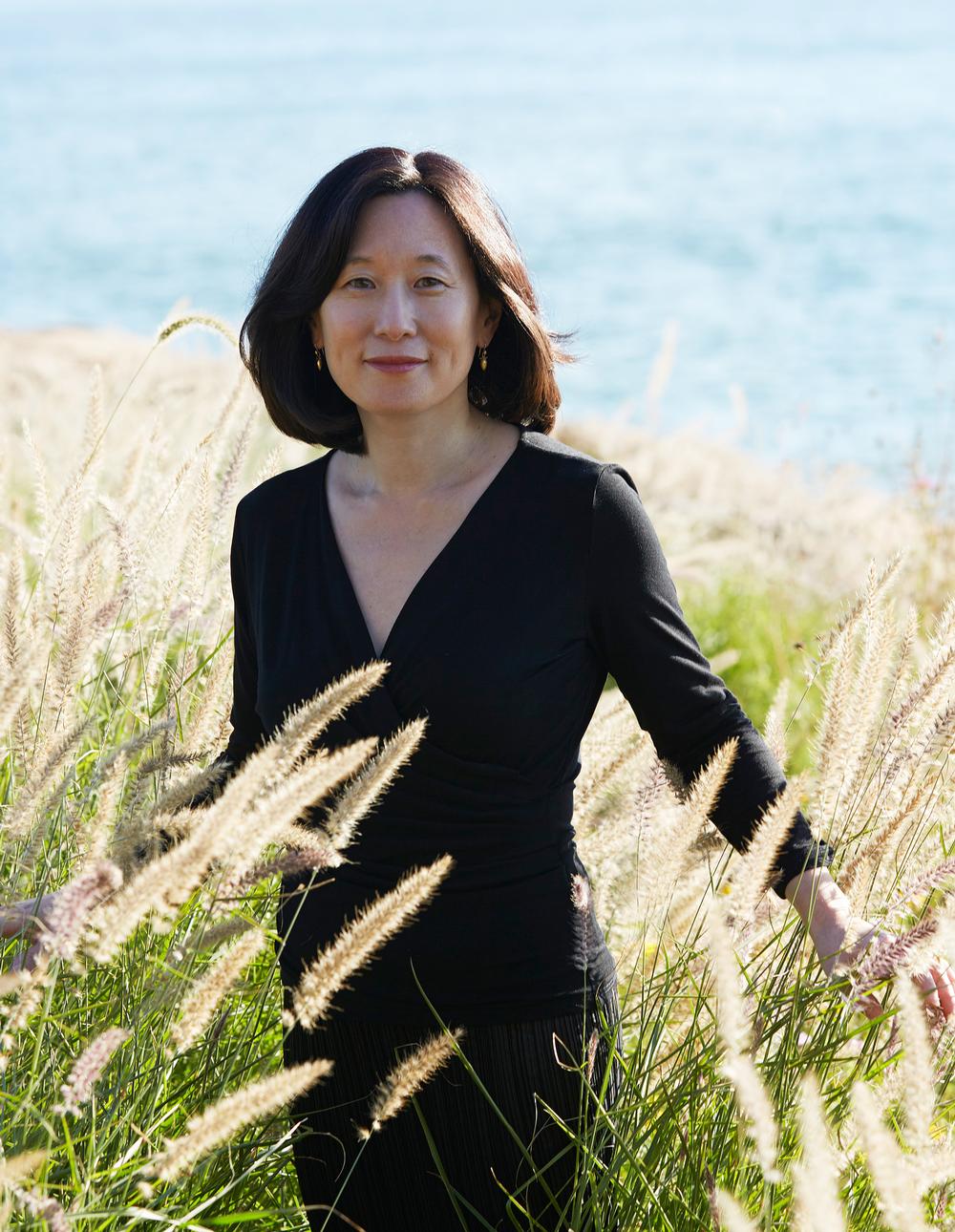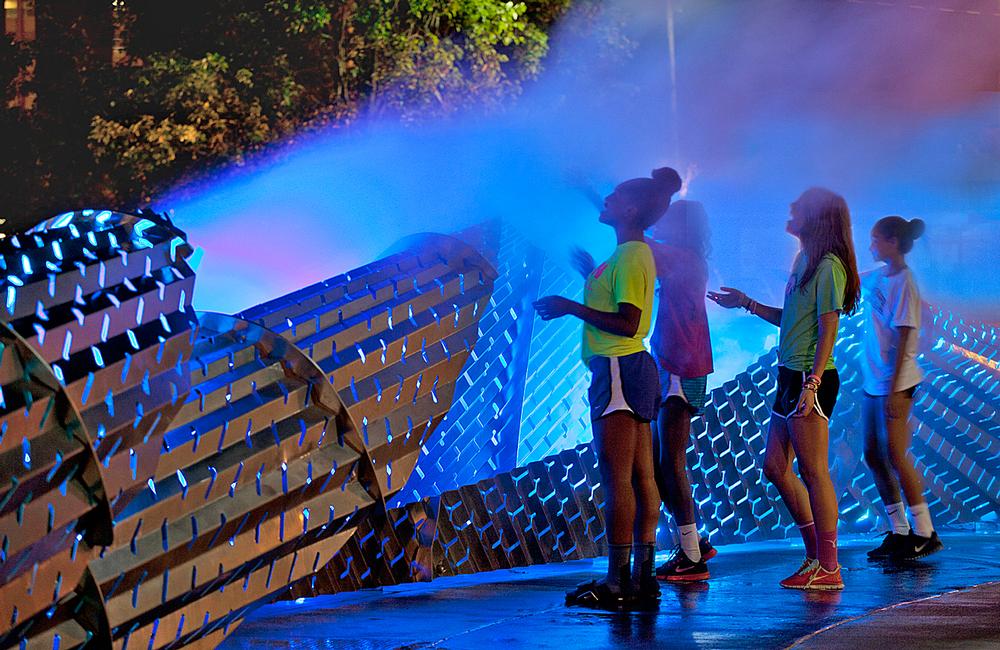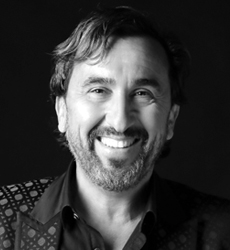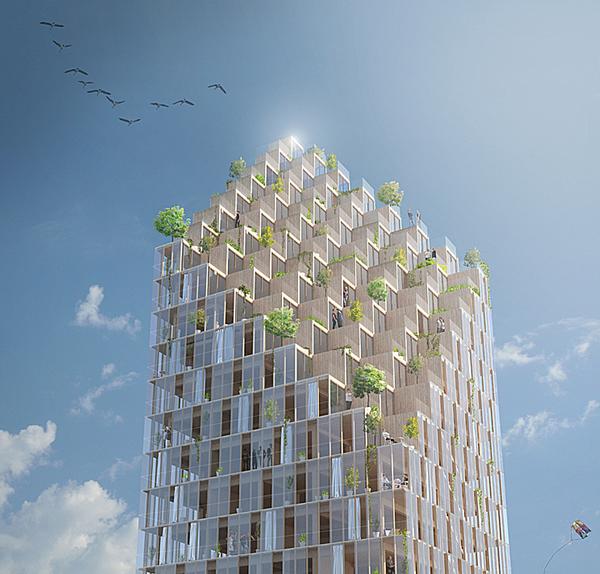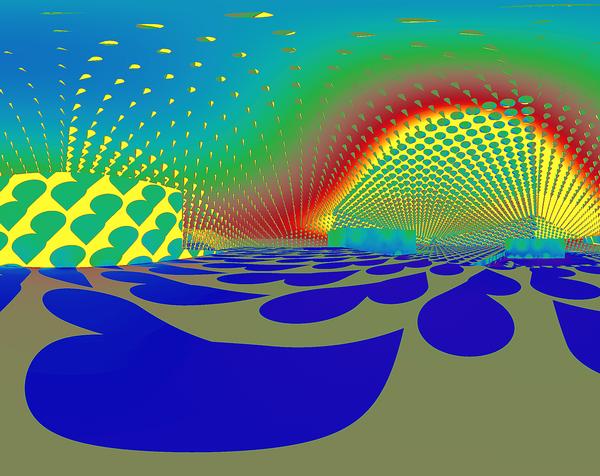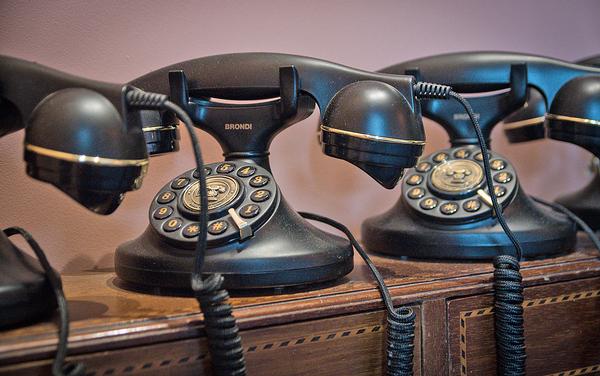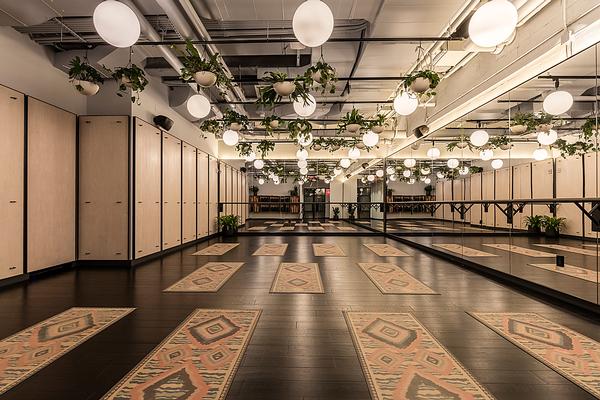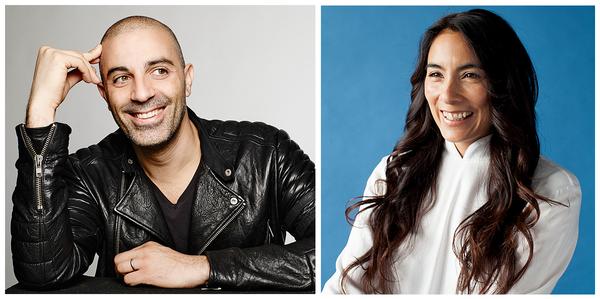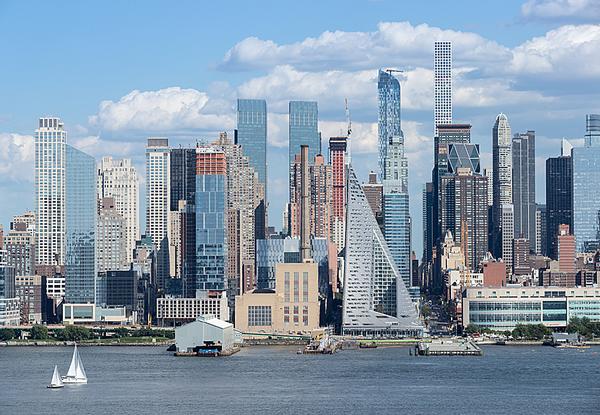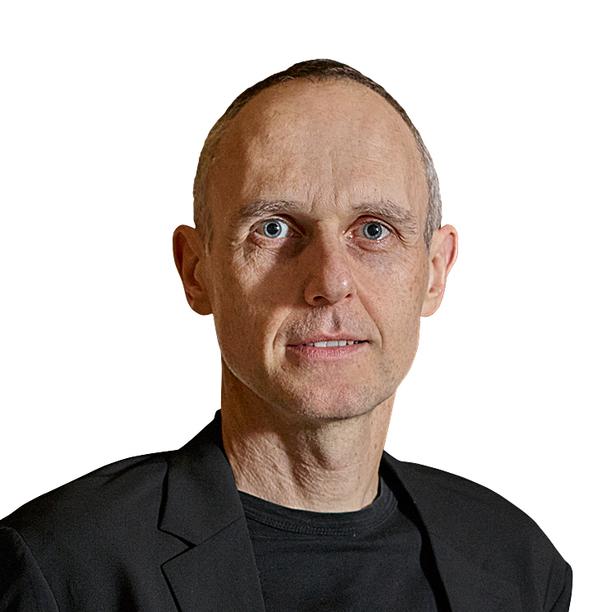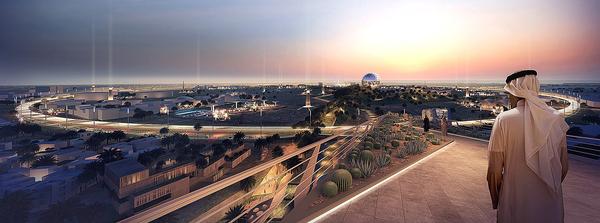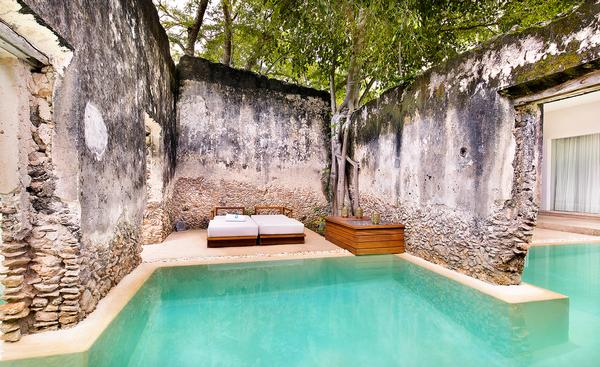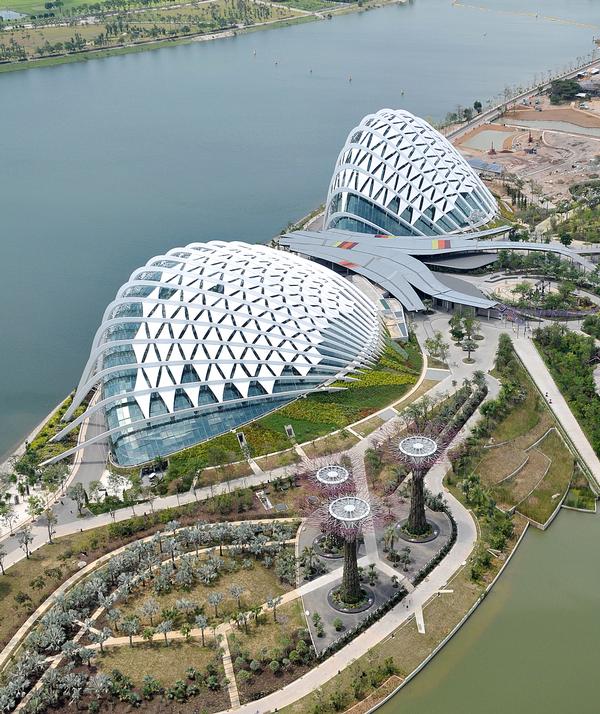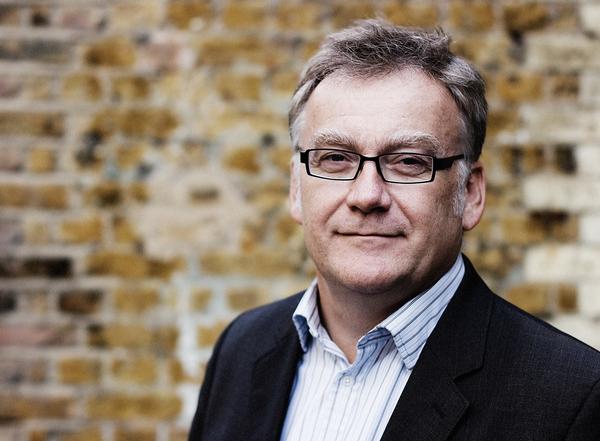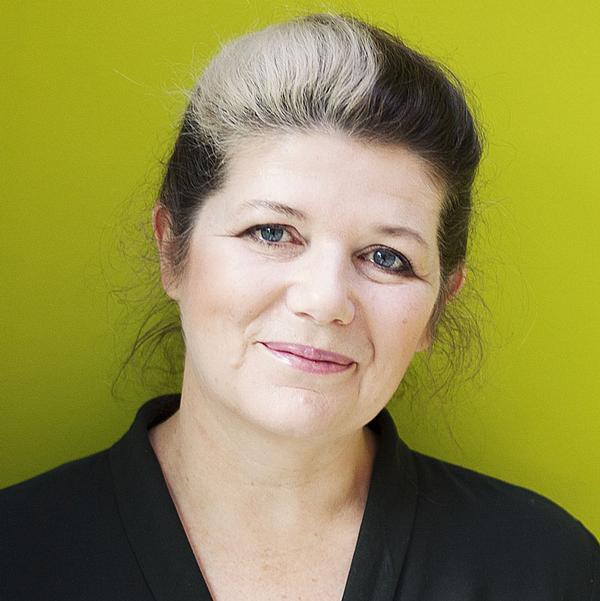Interview
Mikyoung Kim
Boston-based landscape architect, Mikyoung Kim, was studying to be a pianist when tendonitis caused her to rethink her career. She speaks to Kath Hudson about growing up feeling different and how landscape architecture has been a pretty good plan B
Over the past two decades, Mikyoung Kim Design has crafted an exceptional portfolio of award-winning work, spanning from healing gardens in children’s hospitals to the expansive and high profile ChonGae Canal Restoration project in South Korea.
Trained in both music and art prior to studying landscape architecture at Harvard University Graduate School of Design, Kim’s work sits at the intersection of art and science, seamlessly combining art, manmade installations and nature.
In 2018, Kim was awarded the ASLA Design Medal, which recognises individuals who have produced a body of exceptional design work at a sustained level for at least 10 years. In her book on built landscapes, thought leader and author Sarah Goldhagen describes Mikyoung Kim’s landscape architecture as a ‘public amenity, and social condenser, which also inspires a graceful sense of play and deep imaginative thought’.
Last year, Kim also received the Cooper Hewitt Design Award from the Smithsonian Museum and this spring was included in Fast Company’s list of the World’s Most Innovative Companies in 2019.
You have a huge and varied body of work. How do you approach your projects?
It emerges out of a collaborative process. When you start a project, you feel like you’re in a dark hallway and there are all these doors you could potentially open up.
We don’t focus on a style: our work emerges out of the process of being interested in the client, the ecological issues, the design process, and the community we work with. Rather than going in with the attitude that we know what the end result is going to look like, we seek to discover the identity of each project.
Sometimes the idea comes very quickly, as if it was always there and waiting for the project; other times it can take years. We’re very lucky we attract clients who want to go on that journey with us.
What are the questions you ask your clients?
The first question is who are we designing for? It sounds simple, but 90 per cent of the time, the clients either don’t know, or get it wrong. The cities we live in are changing and evolving so quickly that understanding the neighbourhood and who is shaping the work is difficult.
We like working on projects where our clients don’t even know what the question is, and helping them to form the question. That’s very exciting to us and that’s why we rarely do competitions, because there isn’t time for that slow thinking, where the art emerges, like a tapestry.
When did you decide to be a landscape architect?
I originally trained as a pianist and was planning to be a musician, but when I developed tendonitis in my early 20s, I had to change my plans. It was devastating, because for as long as I could remember I had spent four or five hours a day playing piano, and my identity as a young person came from sound. Eventually I started working with some environmental and installation artists and found a real love for creating these immersive environments in the landscape and watching people engage.
There is a connection between landscape architecture and music, in that there is the idea of practising something. The music has the ability to be very responsive, but when it goes out into the world it has the capacity to be interpreted in many different ways. When it’s released into the world, the landscape work has to stand on its own and has to be strong enough to hold that identity.
Have nature and landscapes always been important to you?
I had a lot of freedom as a child, which I think children have less of now. I have really vivid memories of riding my bike to a local reservoir and exploring the woodland; I can remember the sound of water and the smell of the forest floor. It was like a childhood novel, to have no adults around and the freedom to immerse myself in these natural landscapes. Nature isn’t rigid or didactic. It’s open ended, that’s its beauty.
Has your childhood impacted your approach to landscape architecture in any other ways?
Growing up in the 1970s, I was the only Asian kid at my school. It was hard and I often felt very isolated. The other kids and the teachers were horrified by my packed lunches, because my mum made Korean sushi with seaweed and rice.
One teacher even wanted to change my name to Marianne. Despite being born in the US, it was hard to feel part of the tribe. As a child, you don’t want to be different and stand out, but my parents engendered in me the importance of being authentic.
I have since learnt that everyone has something inside them which they feel unsure about and which they feel differentiates them. Now, I can appreciate that being different was good for me. I was like a cultural anthropologist, watching what it was to be American, so now I find that I can go to places and truly see them.
What are the current trends within landscape architecture?
One of the things we are seeing from our clients is a greater interest in the health and wellbeing aspects of nature. There is now lots of research to show the neurological and physiological benefits: within three to five minutes, green spaces can normalise our bodies, ease muscle tension and the electrical activity in our brain.
People spend an average of 10 to 12 minutes outside every day. The rest of the time we are inside, often looking at screens, which makes living in cities difficult. Also, we’re spending more time online, curating who we engage with and where we get our news from, which is making societies more and more divided.
Can landscape architecture lessen this divide?
It’s important to me that with our designs we create communities where people who don’t know each other can start conversations. Small neighbourhood parks are equally as important as huge central parks; no matter how small the project, it must have something iconic or memorable about it.
For example, with the 140 West Plaza: Exhale project we created an installation based on the concept of stormwater. This was an issue which needed to be dealt with and the region gets very hot during summer, so I had the idea of creating an installation which “exhales” the water and lowers the ambient temperature of the plaza. It encourages people to sit and watch, and acts as a conversation piece.
Every project has to strike a balance between bringing something new to a community, addressing resiliency problems and creating a place value. At their foundation level, all cities have resiliency issues, and our practice is trying to make places which are compassionate and have social value.
How do you judge if your design has been a success?
What I find most rewarding is when I look on social media and find people using the spaces in ways that we couldn’t imagine. The mark of what I consider a success is when I don’t have to hire a photographer. It’s great to see people interpret the spaces in their own way – like the way music inspires different reactions. I love to see people using the spaces creativity.
Chicago, US
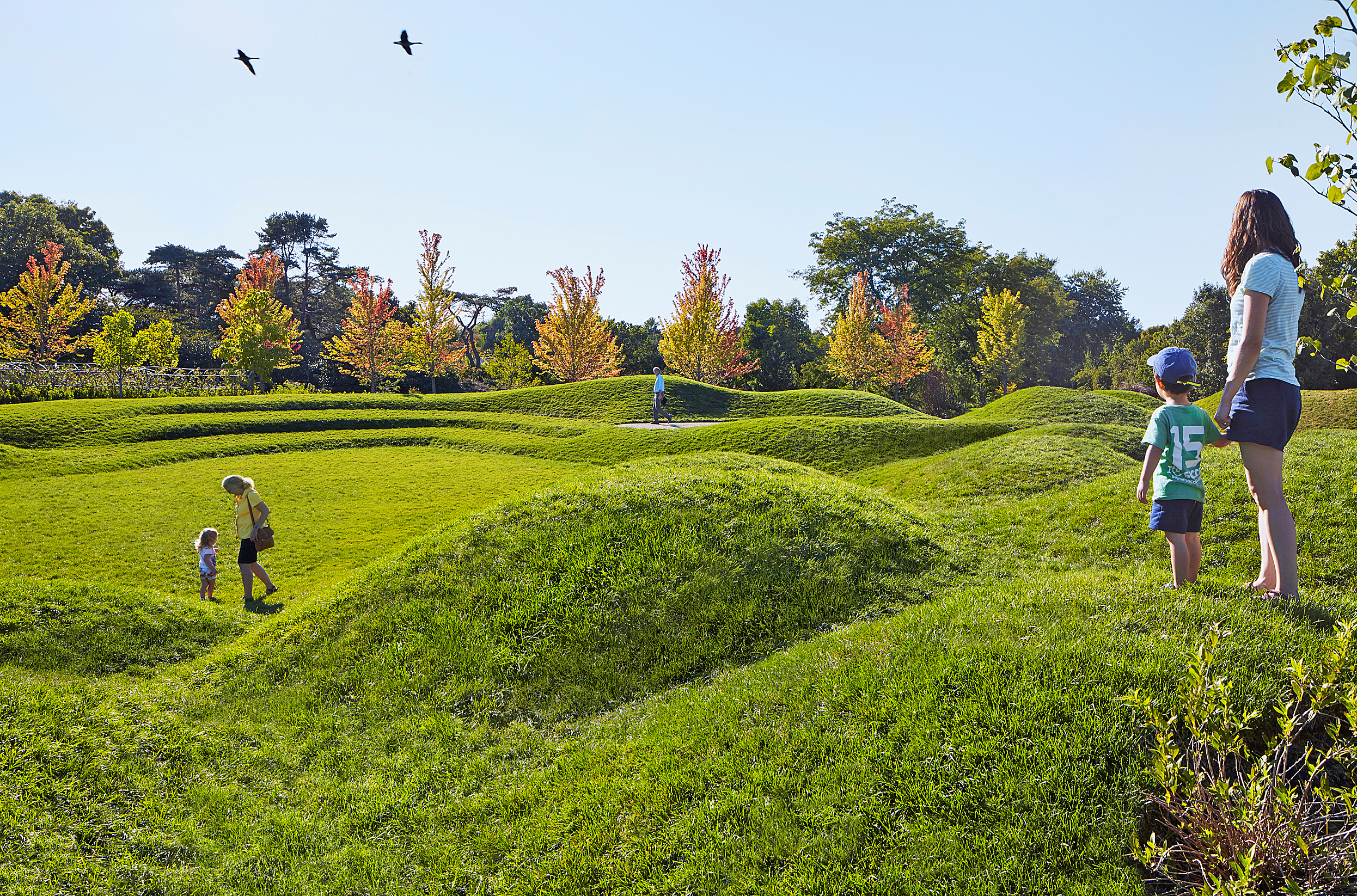
Creating the space for discovery and imaginative play in the natural world was the intention of this six acre project. Features include an upland play mound area, a lowland fountain fed from an adjacent lake, an interactive stone water runnel for discovery and play, willow tunnels, an arborvitae contemplative room, hornbeam council ring and hollowed out logs in which to climb.
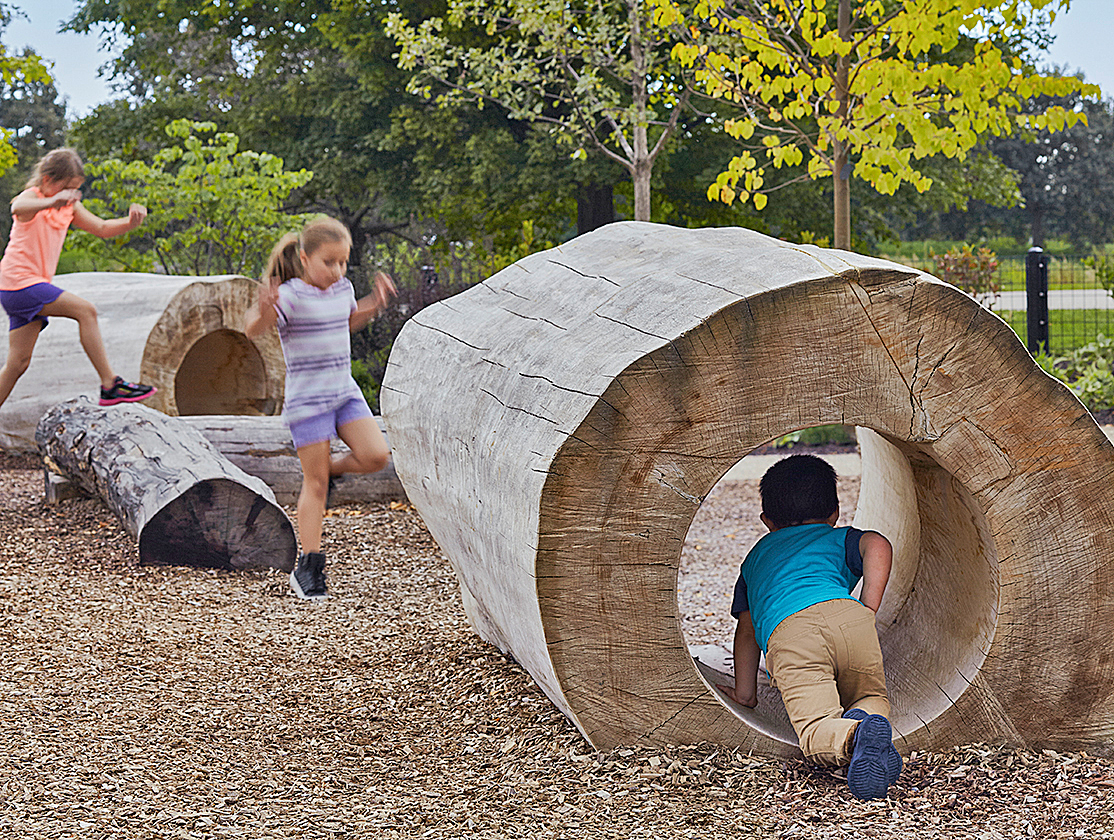
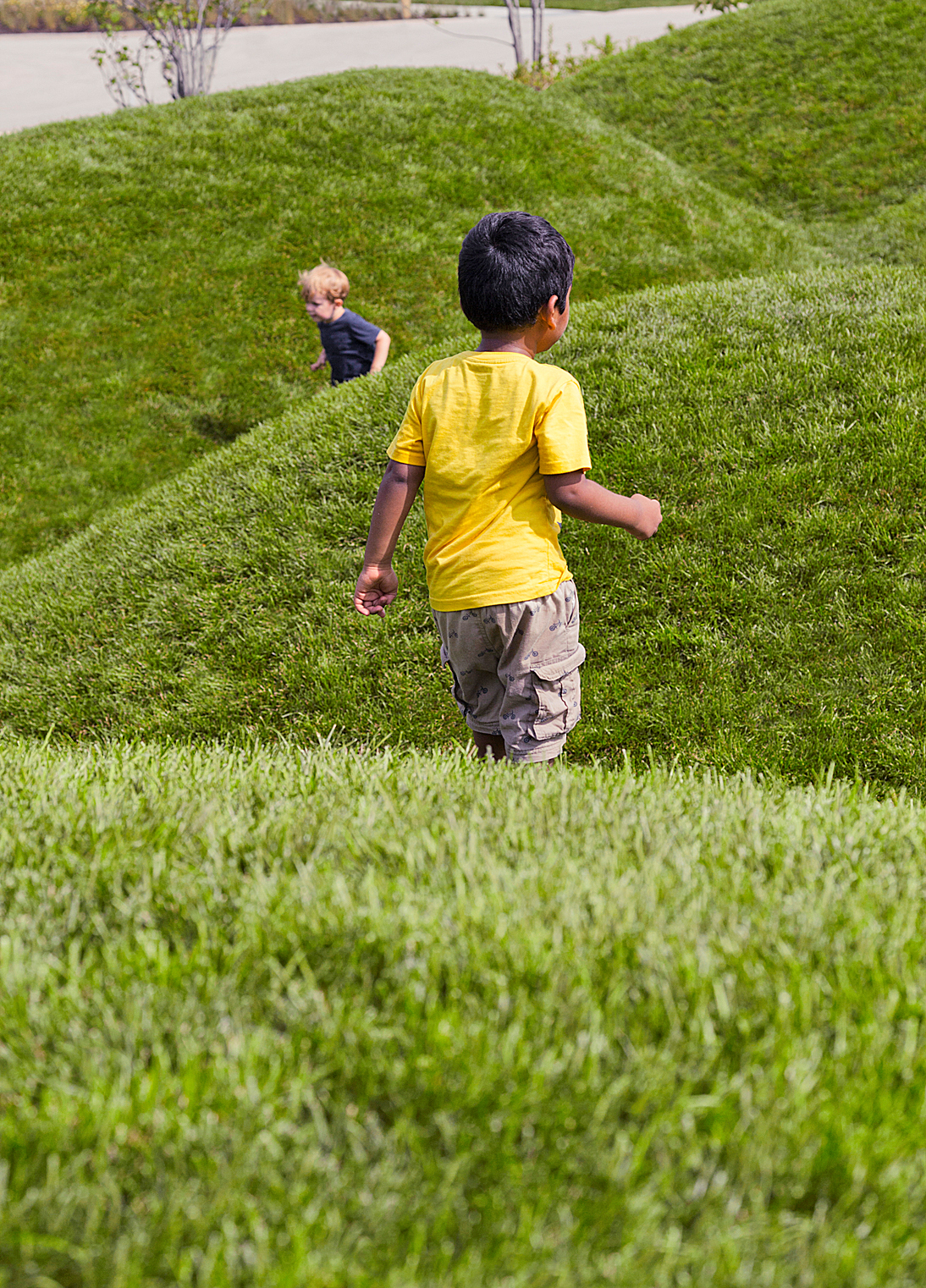
Seoul, South Korea
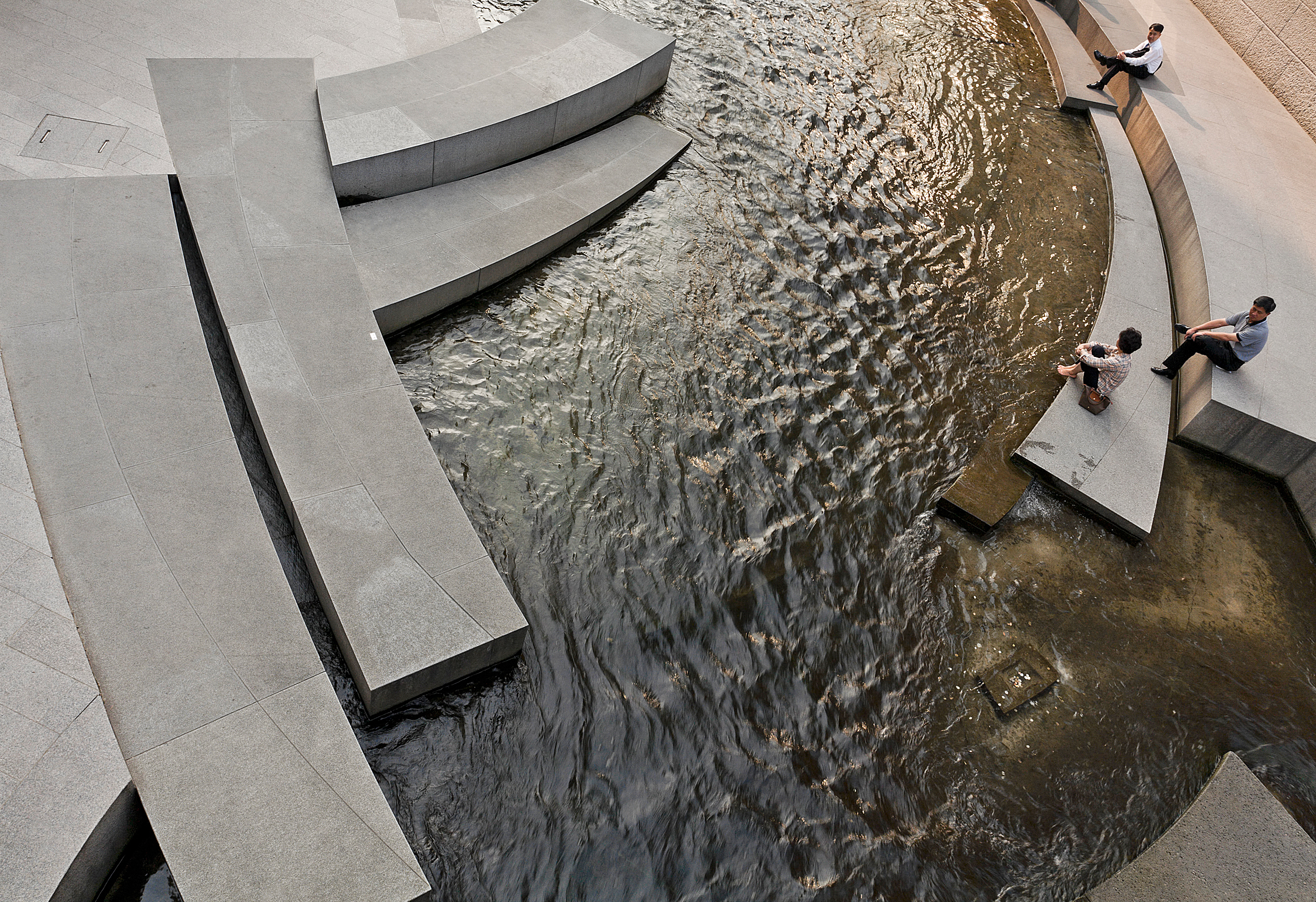
Mikyoung Kim Design won this prestigious and transformative project through an international design competition. The main requirement was to highlight the future reunification of North and South Korea, through daylighting a seven-mile canal which had been covered with a highway since the 1960s. A vibrant public plaza has been created at the source point, with stone donated from quarries in each of the eight provinces of North and South Korea.
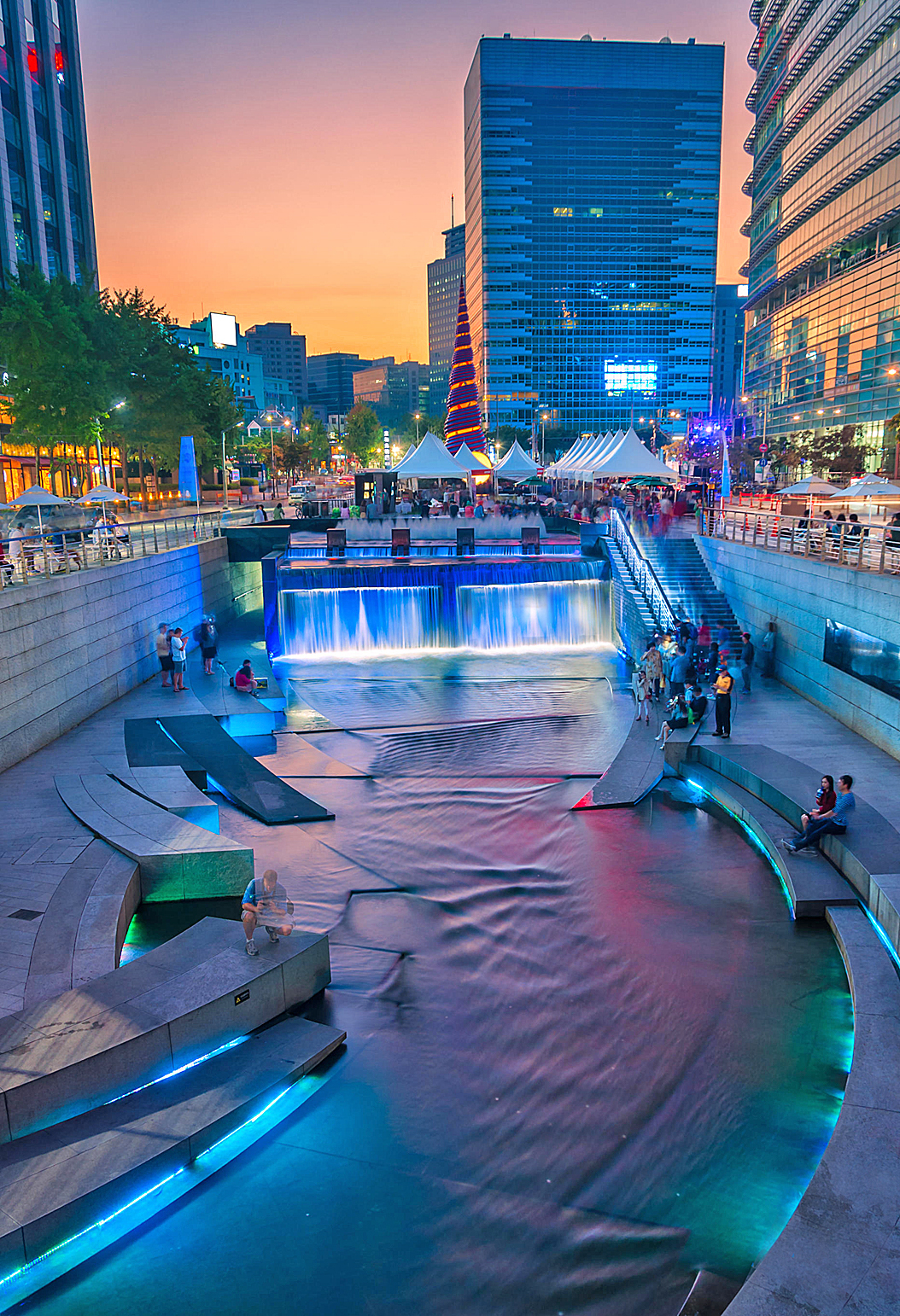
Virginia, US
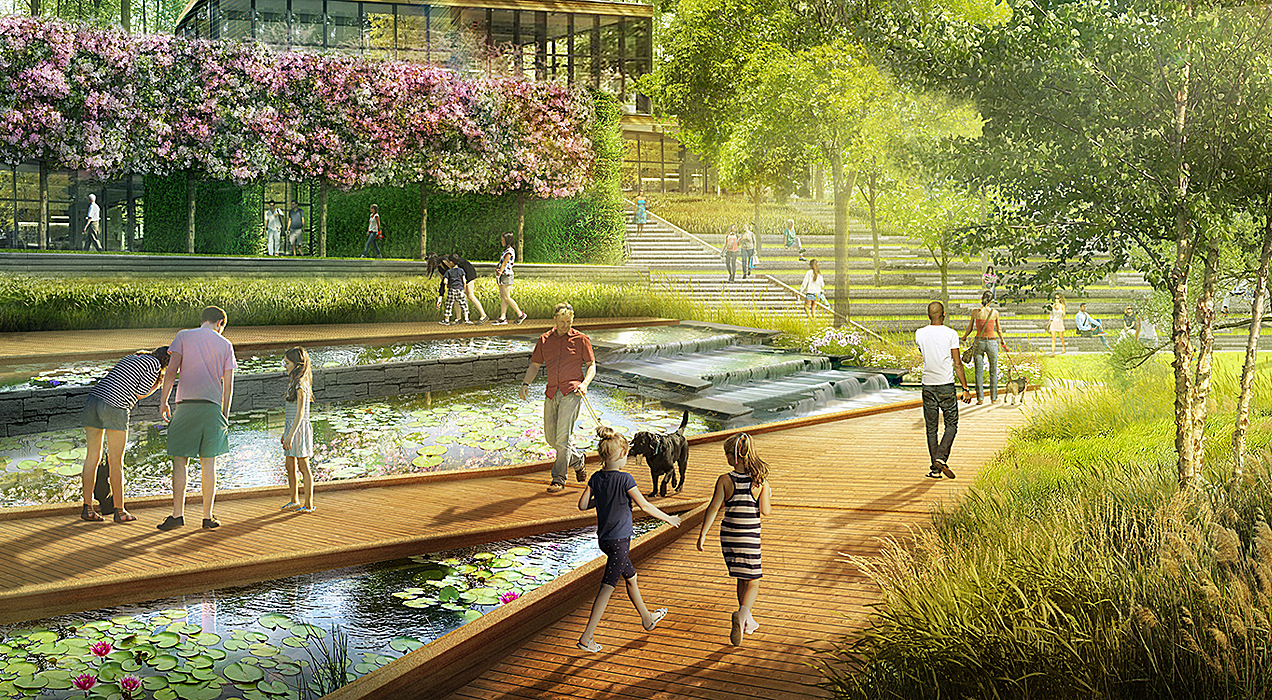
Located on 8.5 acres, this modern day botanical garden will be a resilient place of botanical discovery. The design makes the most of the site’s natural features and is defined by a series of stepped gardens and woodland walks. Visitors will be encouraged to explore and engage with the natural world through experiences such as pine groves, a waterfall and mushroom gardens. There will be an event space and amphitheatre for holding public events.
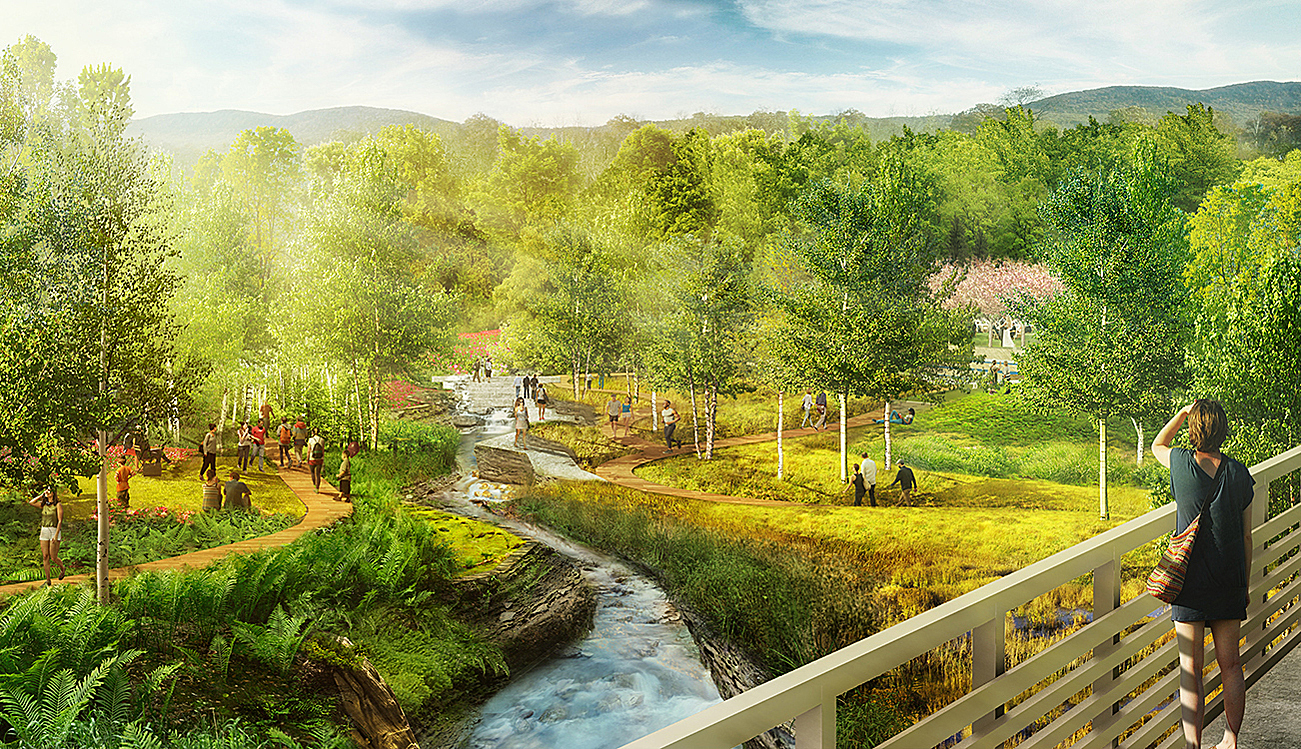
Florida, US
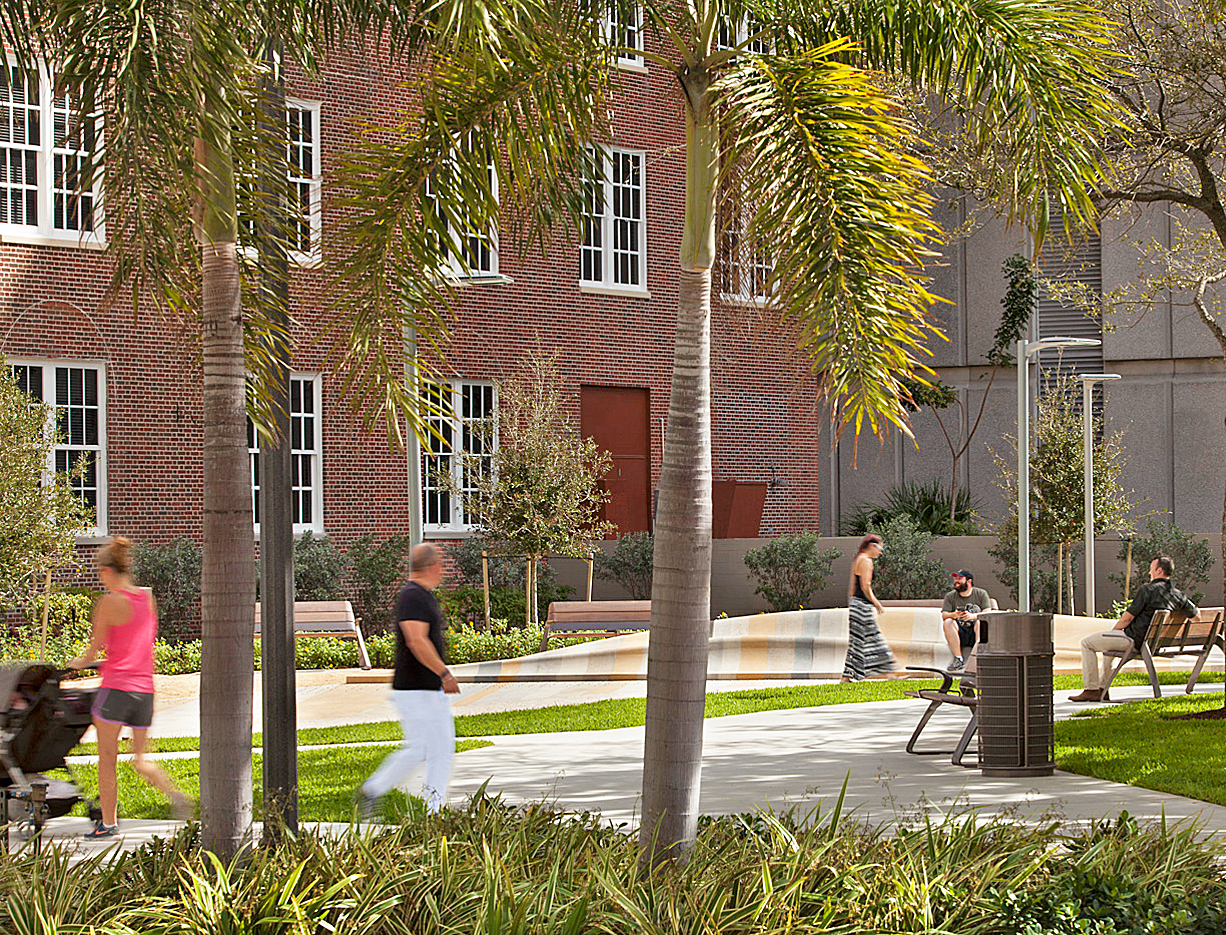
An open space for informal gatherings, this plaza features a sculptural seating piece made of laminated natural stone slabs which manage storm water and act as a rain garden. The project uses native stone materials draped across the site to create a wave-like form, referencing the local geology of the Florida peninsula. Surrounding the stone pavers and sculptural bench is a grass landscape. Visitors can sit in the shade of the canopy trees and view the integral art piece, or interact with the sculpture itself, finding ways to sit, stand, lie and climb. The striations from the laminated stone slabs represent the groundswell of cultures that have influenced the region.
